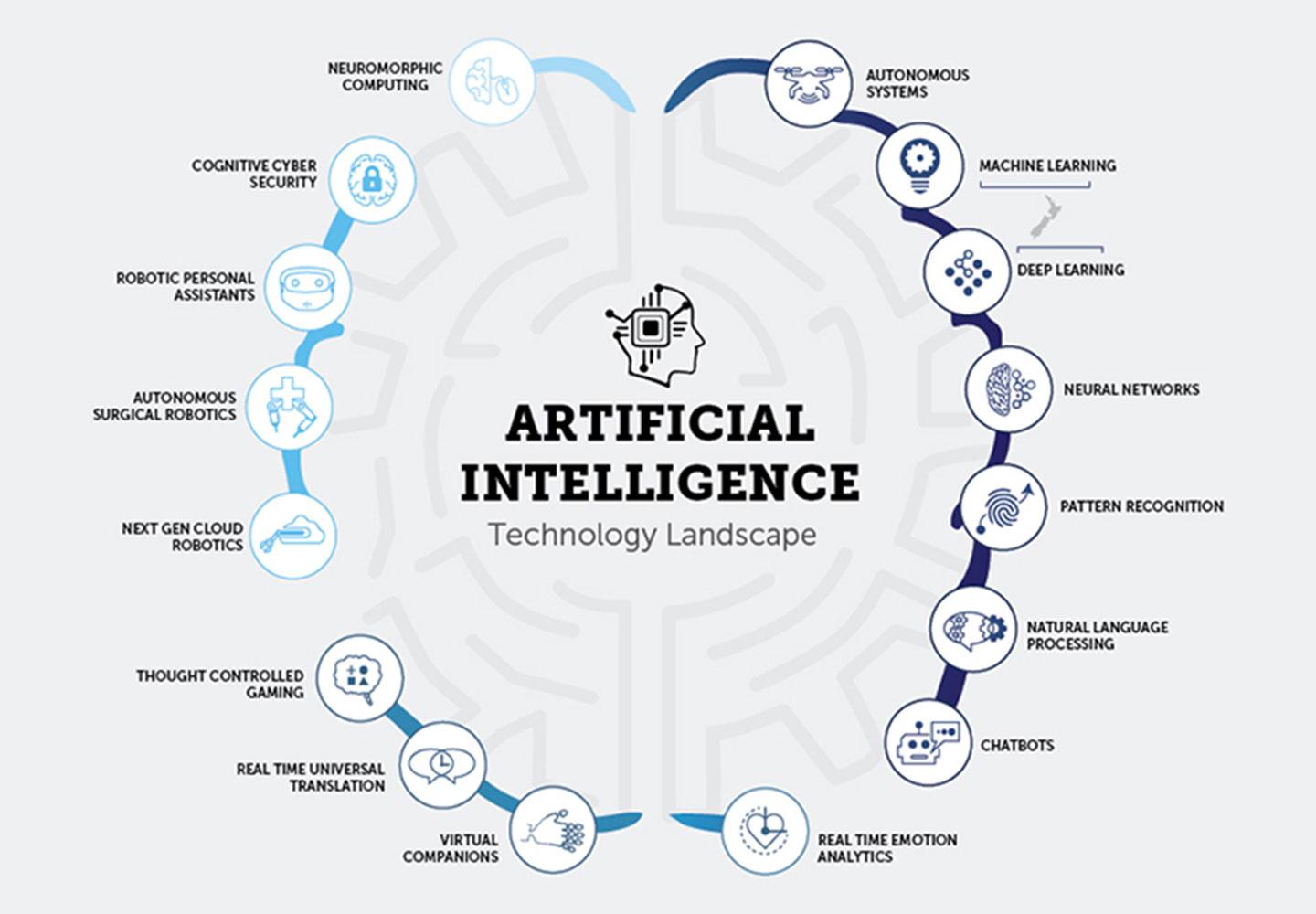We've been tracking the explosive rise of DeepSeek R1, which has taken the AI world by storm in recent weeks. In this session, we dove deep into the development of the DeepSeek family - from the early designs through DeepSeek V3 to the development R1. We likewise explored the technical developments that make R1 so special in the world of open-source AI.
The DeepSeek Family Tree: From V3 to R1

DeepSeek isn't just a single model; it's a family of increasingly advanced AI systems. The development goes something like this:
DeepSeek V2:
This was the foundation model which leveraged a mixture-of-experts architecture, where only a subset of experts are used at inference, significantly improving the processing time for each token. It likewise included multi-head hidden attention to decrease memory footprint.
DeepSeek V3:
This model introduced FP8 training methods, which helped drive down training expenses by over 42.5% compared to previous models. FP8 is a less exact method to save weights inside the LLMs however can considerably enhance the memory footprint. However, bytes-the-dust.com training utilizing FP8 can normally be unstable, and it is tough to obtain the preferred training outcomes. Nevertheless, DeepSeek uses several tricks and attains remarkably stable FP8 training. V3 set the phase as a highly effective model that was already economical (with claims of being 90% more affordable than some closed-source alternatives).
DeepSeek R1-Zero:
With V3 as the base, the group then introduced R1-Zero, the very first reasoning-focused model. Here, the focus was on teaching the design not just to create responses but to "think" before answering. Using pure support learning, the model was motivated to generate intermediate thinking actions, for example, taking additional time (frequently 17+ seconds) to work through a simple issue like "1 +1."
The key innovation here was the usage of group relative policy optimization (GROP). Instead of counting on a conventional procedure reward model (which would have needed annotating every action of the reasoning), GROP compares several outputs from the model. By tasting numerous prospective answers and scoring them (using rule-based steps like precise match for mathematics or confirming code outputs), the system learns to favor reasoning that causes the correct result without the need for explicit supervision of every intermediate idea.
DeepSeek R1:
Recognizing that R1-Zero's unsupervised method produced thinking outputs that might be tough to check out or perhaps blend languages, the designers went back to the drawing board. They used the raw outputs from R1-Zero to produce "cold start" information and after that by hand curated these examples to filter and enhance the quality of the reasoning. This human post-processing was then used to fine-tune the initial DeepSeek V3 model further-combining both reasoning-oriented support knowing and monitored fine-tuning. The outcome is DeepSeek R1: a model that now produces legible, coherent, disgaeawiki.info and trustworthy thinking while still maintaining the efficiency and cost-effectiveness of its predecessors.
What Makes R1 Series Special?
The most fascinating element of R1 (zero) is how it established thinking abilities without specific supervision of the thinking procedure. It can be further improved by using cold-start information and wavedream.wiki supervised reinforcement finding out to produce readable reasoning on general jobs. Here's what sets it apart:
Open Source & Efficiency:
R1 is open source, allowing researchers and developers to check and build on its developments. Its expense efficiency is a significant selling point specifically when compared to closed-source models (claimed 90% less expensive than OpenAI) that need huge calculate budgets.
Novel Training Approach:
Instead of relying exclusively on annotated thinking (which is both costly and lengthy), the model was trained using an outcome-based approach. It started with quickly verifiable tasks, such as mathematics issues and coding exercises, where the accuracy of the final answer could be quickly determined.
By utilizing group relative policy optimization, the training procedure compares multiple created answers to figure out which ones meet the preferred output. This relative scoring mechanism permits the model to discover "how to think" even when intermediate reasoning is produced in a freestyle way.
Overthinking?

An intriguing observation is that DeepSeek R1 sometimes "overthinks" basic issues. For example, when asked "What is 1 +1?" it may invest nearly 17 seconds examining different scenarios-even considering binary representations-before concluding with the proper answer. This self-questioning and confirmation process, although it may appear ineffective in the beginning look, might show beneficial in intricate jobs where deeper reasoning is required.
Prompt Engineering:
Traditional few-shot prompting strategies, which have actually worked well for numerous chat-based models, can actually degrade efficiency with R1. The developers suggest utilizing direct problem declarations with a zero-shot method that defines the output format plainly. This ensures that the model isn't led astray by extraneous examples or hints that may interfere with its internal reasoning process.
Getting Started with R1
For those aiming to experiment:
Smaller variations (7B-8B) can work on consumer GPUs or even just CPUs
Larger variations (600B) require significant calculate resources
Available through major cloud providers
Can be deployed in your area through Ollama or vLLM
Looking Ahead
We're particularly interested by several ramifications:
The potential for this approach to be applied to other thinking domains
Impact on agent-based AI systems traditionally developed on chat designs
Possibilities for combining with other guidance techniques
Implications for enterprise AI release
Thanks for checking out Deep Random Thoughts! Subscribe free of charge to receive brand-new posts and support my work.
Open Questions
How will this impact the advancement of future reasoning designs?
Can this approach be extended to less proven domains?
What are the implications for multi-modal AI systems?
We'll be seeing these developments closely, particularly as the neighborhood begins to explore and build on these techniques.
Resources
Join our Slack neighborhood for continuous discussions and updates about DeepSeek and other AI advancements. We're seeing interesting applications already emerging from our bootcamp participants working with these models.
Chat with DeepSeek:
https://www.deepseek.com/

Papers:
DeepSeek LLM
DeepSeek-V2
DeepSeek-V3
DeepSeek-R1
Blog Posts:
The Illustrated DeepSeek-R1
DeepSeek-R1 Paper Explained
DeepSeek R1 - a brief summary
Cloud Providers:
Nvidia

Together.ai
AWS
Q&A
Q1: Which design deserves more attention - DeepSeek or Qwen2.5 Max?
A: While Qwen2.5 is likewise a strong design in the open-source community, the choice ultimately depends on your usage case. DeepSeek R1 highlights advanced thinking and a novel training technique that may be particularly important in tasks where verifiable reasoning is crucial.
Q2: Why did significant companies like OpenAI go with supervised fine-tuning instead of reinforcement learning (RL) like DeepSeek?
A: We must keep in mind upfront that they do utilize RL at the minimum in the form of RLHF. It is highly likely that models from significant suppliers that have reasoning abilities currently utilize something similar to what DeepSeek has done here, however we can't make certain. It is also most likely that due to access to more resources, they preferred supervised fine-tuning due to its stability and the prepared availability of large annotated datasets. Reinforcement learning, although powerful, can be less predictable and harder to manage. DeepSeek's approach innovates by using RL in a reasoning-oriented way, making it possible for the model to find out effective internal reasoning with only very little procedure annotation - a method that has proven promising despite its complexity.
Q3: Did DeepSeek use test-time compute methods comparable to those of OpenAI?
A: DeepSeek R1's design emphasizes efficiency by leveraging strategies such as the mixture-of-experts approach, which triggers just a subset of specifications, to reduce calculate during inference. This focus on effectiveness is main to its cost benefits.
Q4: What is the distinction in between R1-Zero and R1?
A: R1-Zero is the preliminary design that discovers reasoning solely through support knowing without specific procedure supervision. It produces intermediate reasoning actions that, while sometimes raw or blended in language, work as the foundation for learning. DeepSeek R1, on the other hand, refines these outputs through human post-processing and monitored fine-tuning. In essence, R1-Zero offers the without supervision "spark," and R1 is the sleek, more coherent version.
Q5: How can one remain upgraded with thorough, technical research while managing a busy schedule?
A: Remaining existing includes a mix of actively engaging with the research study community (like AISC - see link to join slack above), following preprint servers like arXiv, participating in appropriate conferences and webinars, and getting involved in discussion groups and newsletters. Continuous engagement with online communities and collective research projects also plays a crucial function in keeping up with technical improvements.
Q6: In what use-cases does DeepSeek outshine designs like O1?
A: The brief response is that it's too early to inform. DeepSeek R1's strength, however, depends on its robust reasoning abilities and its efficiency. It is particularly well matched for tasks that need verifiable logic-such as mathematical issue fixing, code generation, and structured decision-making-where intermediate reasoning can be reviewed and verified. Its open-source nature even more permits tailored applications in research study and business settings.
Q7: What are the implications of DeepSeek R1 for business and start-ups?
A: The open-source and affordable design of DeepSeek R1 decreases the entry barrier for deploying innovative language models. Enterprises and start-ups can take advantage of its innovative reasoning for agentic applications varying from automated code generation and client support to data analysis. Its versatile deployment options-on consumer hardware for smaller sized designs or cloud platforms for bigger ones-make it an appealing alternative to proprietary services.
Q8: Will the design get stuck in a loop of "overthinking" if no correct answer is found?
A: While DeepSeek R1 has been observed to "overthink" simple issues by checking out multiple reasoning courses, it incorporates stopping requirements and examination mechanisms to prevent limitless loops. The support discovering structure encourages merging toward a verifiable output, even in uncertain cases.
Q9: Is DeepSeek V3 completely open source, and is it based upon the Qwen architecture?
A: Yes, DeepSeek V3 is open source and worked as the structure for later versions. It is developed on its own set of innovations-including the mixture-of-experts technique and FP8 training-and is not based upon the Qwen architecture. Its style emphasizes effectiveness and expense reduction, setting the phase for the thinking developments seen in R1.
Q10: How does DeepSeek R1 carry out on vision jobs?
A: DeepSeek R1 is a text-based model and does not integrate vision abilities. Its style and training focus solely on language processing and thinking.
Q11: Can specialists in specialized fields (for example, labs working on treatments) apply these methods to train domain-specific designs?
A: Yes. The innovations behind DeepSeek R1-such as its outcome-based reasoning training and effective architecture-can be adjusted to different domains. Researchers in fields like biomedical sciences can tailor these methods to develop designs that resolve their specific challenges while gaining from lower compute costs and robust thinking capabilities. It is most likely that in deeply specialized fields, nevertheless, there will still be a requirement for supervised fine-tuning to get trustworthy results.
Q12: Were the annotators for the human post-processing specialists in technical fields like computer technology or mathematics?
A: The conversation suggested that the annotators mainly concentrated on domains where accuracy is easily verifiable-such as mathematics and coding. This suggests that proficiency in technical fields was certainly leveraged to guarantee the precision and clearness of the thinking data.
Q13: Could the design get things incorrect if it depends on its own outputs for finding out?
A: While the model is created to enhance for proper answers via support learning, there is constantly a threat of errors-especially in uncertain circumstances. However, by evaluating multiple candidate outputs and strengthening those that cause proven results, the training process minimizes the probability of propagating inaccurate reasoning.
Q14: How are hallucinations reduced in the design offered its iterative reasoning loops?
A: Making use of rule-based, proven jobs (such as mathematics and coding) assists anchor the design's reasoning. By comparing several outputs and using group relative policy optimization to reinforce only those that yield the proper outcome, the model is guided far from producing unfounded or hallucinated details.
Q15: Does the design rely on complex vector mathematics?
A: Yes, advanced techniques-including complex vector math-are integral to the implementation of mixture-of-experts and attention mechanisms in DeepSeek R1. However, the main focus is on using these techniques to make it possible for effective thinking instead of showcasing mathematical intricacy for its own sake.
Q16: Some stress that the model's "thinking" may not be as improved as human thinking. Is that a legitimate concern?
A: Early iterations like R1-Zero did produce raw and in some cases hard-to-read thinking. However, the subsequent refinement process-where human professionals curated and improved the thinking data-has considerably boosted the clearness and reliability of DeepSeek R1's internal thought process. While it remains a progressing system, iterative training and feedback have led to meaningful improvements.
Q17: Which model variations are suitable for local implementation on a laptop computer with 32GB of RAM?

A: For local testing, a medium-sized model-typically in the range of 7B to 8B parameters-is advised. Larger models (for links.gtanet.com.br example, those with hundreds of billions of specifications) require substantially more computational resources and are much better matched for cloud-based release.
Q18: Is DeepSeek R1 "open source" or does it use only open weights?
A: DeepSeek R1 is supplied with open weights, suggesting that its design parameters are publicly available. This lines up with the general open-source philosophy, enabling researchers and designers to additional explore and build on its innovations.
Q19: What would happen if the order of training were reversed-starting with supervised fine-tuning before without supervision support learning?
A: The current method permits the design to first check out and produce its own thinking patterns through without supervision RL, and then improve these patterns with supervised techniques. Reversing the order might constrain the design's ability to find varied reasoning courses, possibly limiting its overall performance in tasks that gain from self-governing thought.
Thanks for reading Deep Random Thoughts! Subscribe totally free to receive brand-new posts and support my work.



